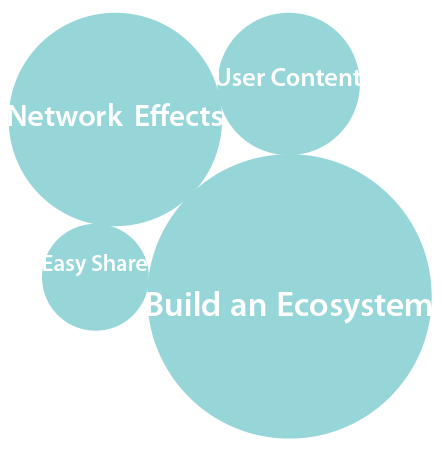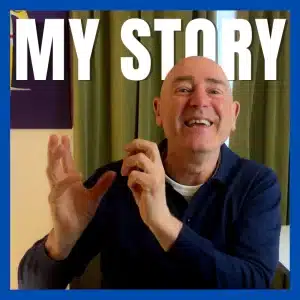Derived from…
Adam L Penenberg, Viral Loop
PROFIT : It’s likely you’re a member of one or more viral networks. They’re clusters of people congregating together to share things they create themselves. Many, such as Facebook and Twitter, are growing at exponential rates. Here’s some clues as to what’s driving them.
 1 Network Effects
1 Network Effects
Cars and Freeways are examples of negative network effects. The more people use them the less useful they are due to traffic jams and roadblocks. Telephones are an example of positive network effects. The more people that have one, the more people you can call with your phone. The Yellow Pages is reliant on network effects too. The more people that advertise the more valuable the book becomes and the more enticing it becomes to advertise.
Action : Discuss how you can tap into network effects.
2 Build an EcoSystem
To build a viral network you’ll need to think of it as creating a complete ecosystem. For instance, eBay needed buyers, sellers, a payment system and a way to manage trust. Without any of these key ingredients their business would not have flourished.
Action : Define the entire list of things a person needs to use your product or service. Unite them to make it easier for your clients.
3 Social Networks
To grow exponentially you’re going to need a lot of content to keep your audiences engaged. And, the content that is most interesting to us is the stuff we’ve created ourselves. Even better on a social media site like Twitter and LinkedIn, the content is created for free.
Action : What tools can you provide your customers to create and connect with you and others?
4 Streamline
How easy it it do business with you? Each extra step could make the difference between your business going viral or not. For example, it was Google’s detailed focus on the user experience and minimalist home page that helped fuel its rise to the top of search.
Action : How can you make it easier for customers to do business with you? How many steps are in your sign-up process?



